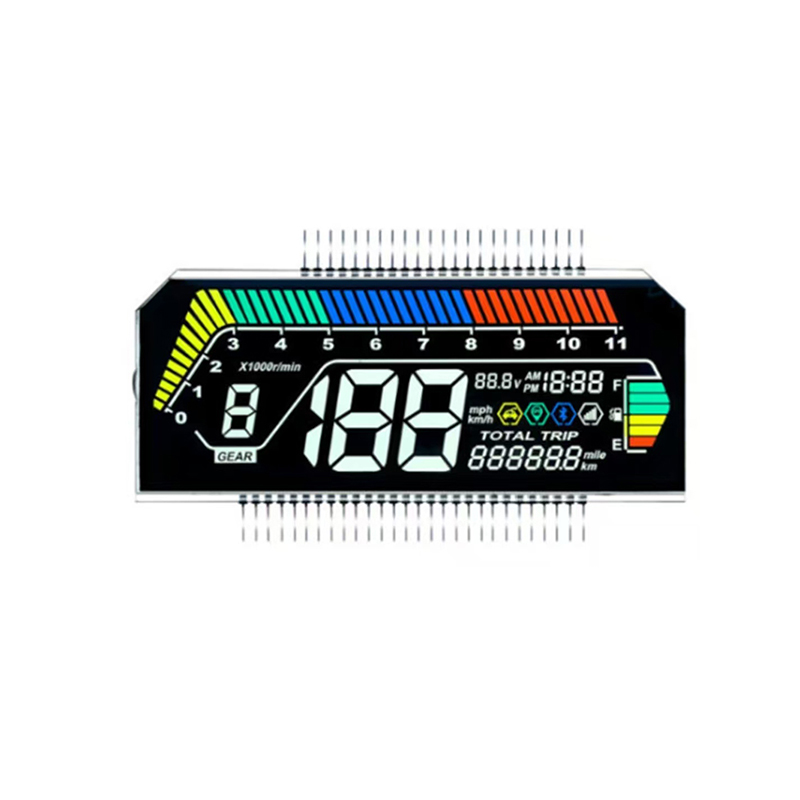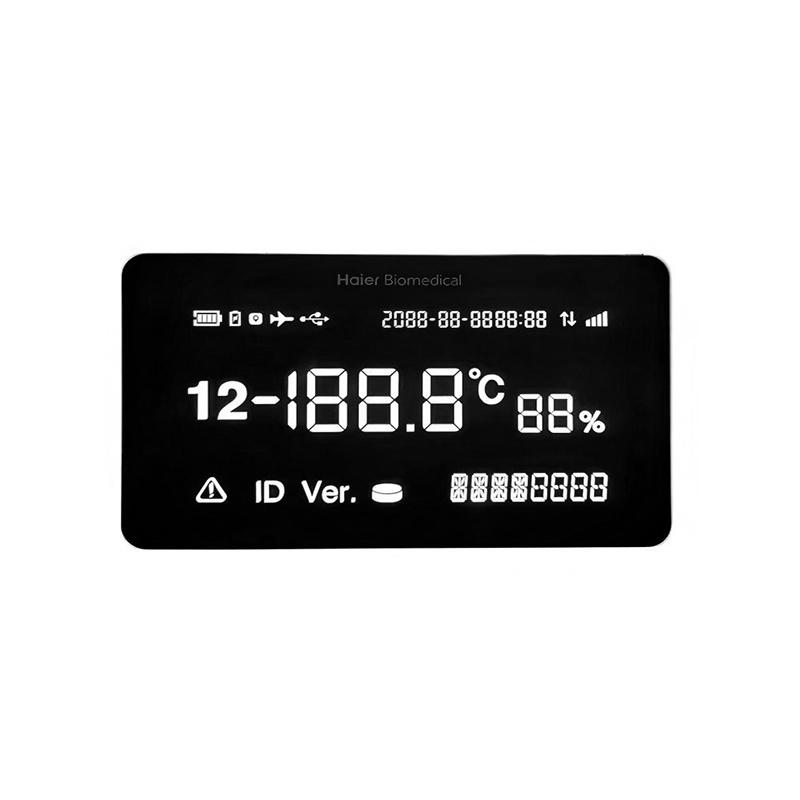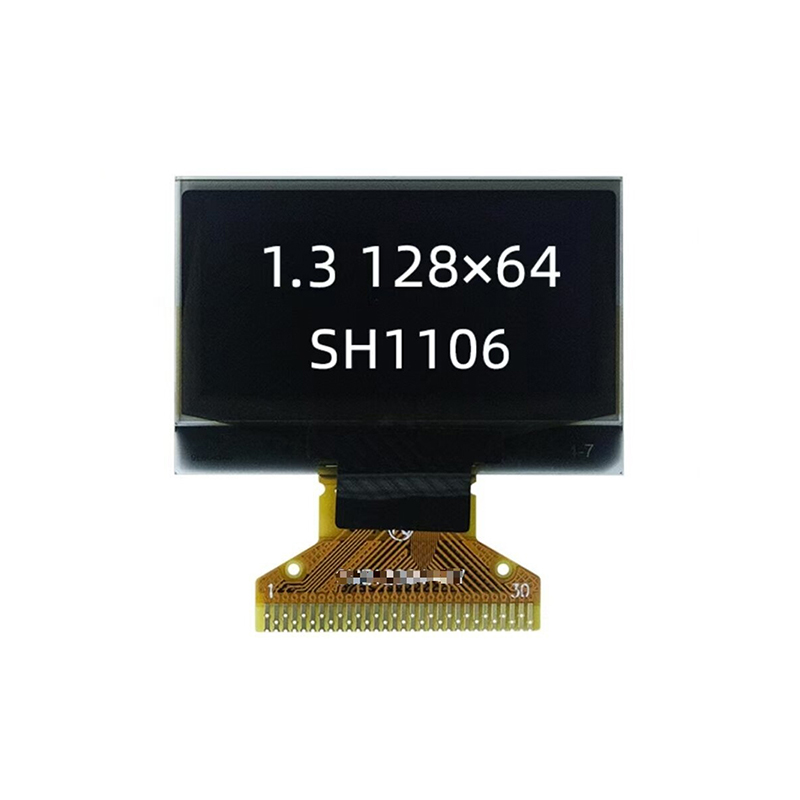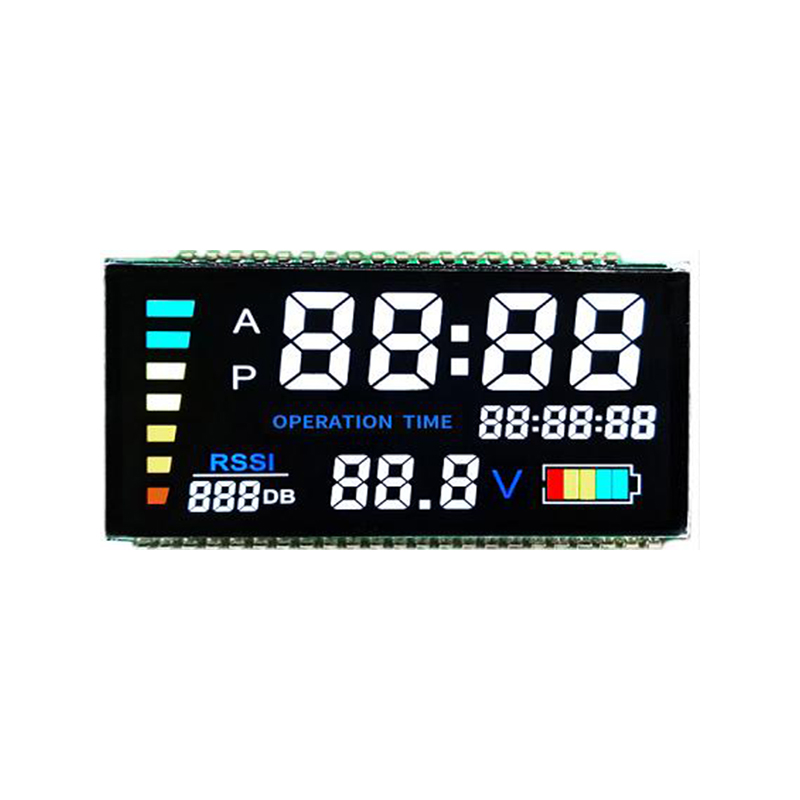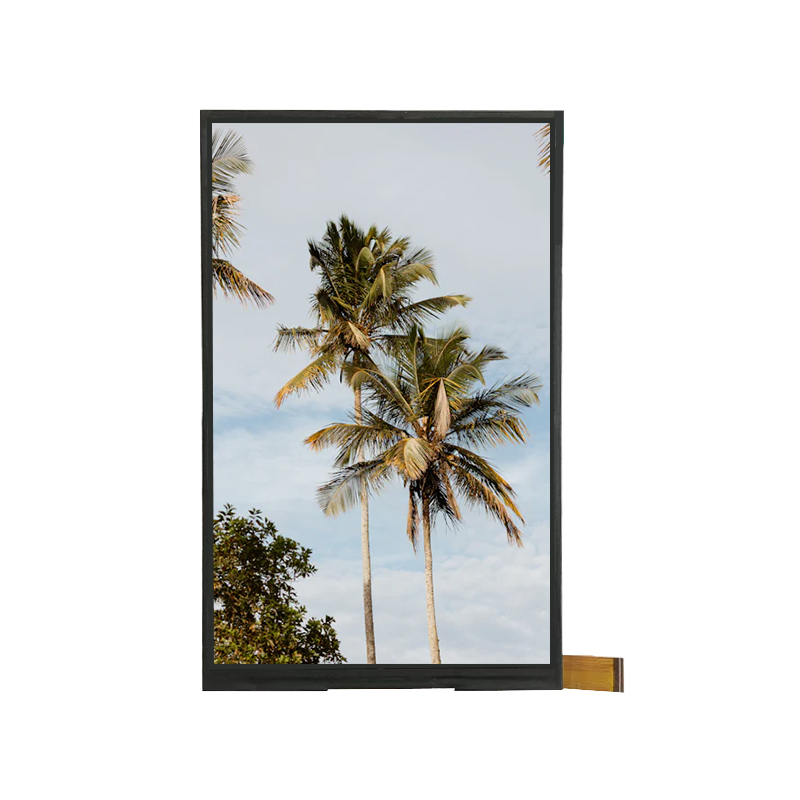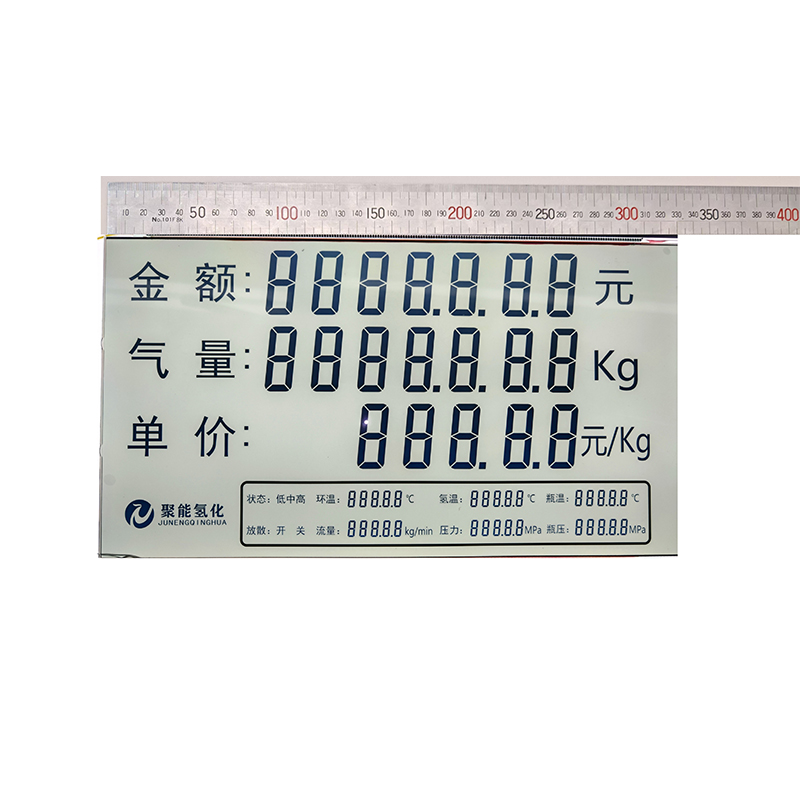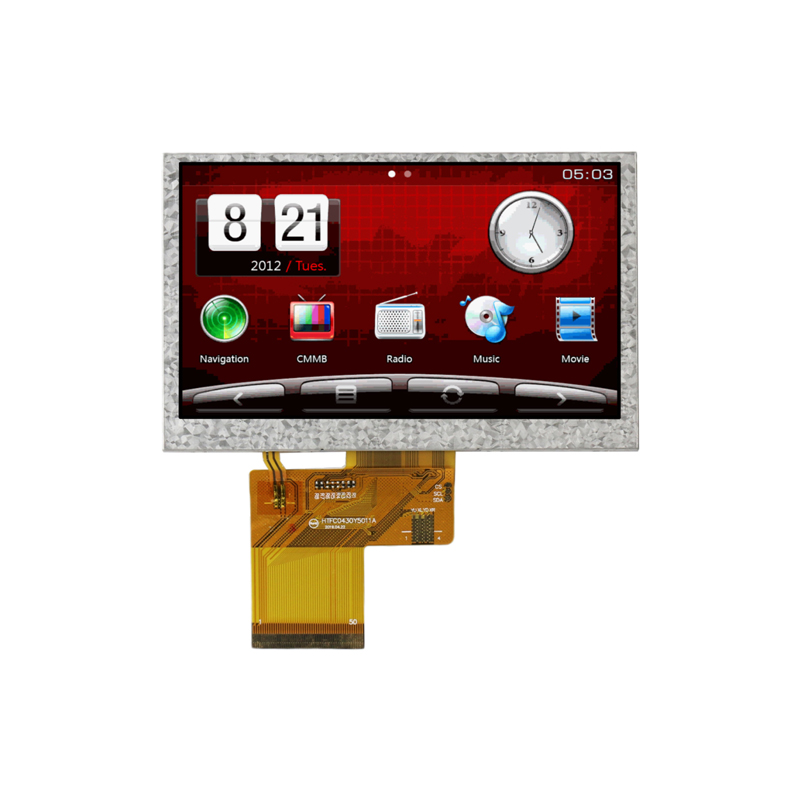
This guide provides a complete walkthrough on connecting a TFT display to your Raspberry Pi, covering various display types, troubleshooting common issues, and optimizing performance. We'll explore different connection methods, software configurations, and provide practical examples to get your Raspberry Pi TFT display setup running smoothly.
The market offers a wide variety of Raspberry Pi TFT displays, each with its own specifications. Consider these factors when making your selection:
Displays range from small 2.2-inch screens to larger 7-inch options. Higher resolutions offer sharper images, but may require more processing power from your Raspberry Pi. Consider your project's needs and the Raspberry Pi model you're using.
Common interface types include SPI and parallel interfaces. SPI is generally preferred for its simplicity and lower hardware requirements. Check your chosen display's specifications to confirm compatibility. Some displays, especially higher resolution ones, may require a dedicated display controller board.
Many Raspberry Pi TFT displays offer touchscreen capabilities, enhancing user interaction. If you need touch input, ensure the display supports it and that you have the necessary drivers installed.
Pay attention to the display's power requirements. Some may require a separate power supply, while others can be powered directly from the Raspberry Pi's GPIO pins. Ensure you have the appropriate power supply and wiring.
The connection process depends on the type of Raspberry Pi TFT display you have selected. Generally, you'll need to connect the display's data and power lines to the Raspberry Pi's GPIO pins. Refer to your display's documentation for specific pin assignments. Many displays use a ribbon cable for data connection.
Carefully connect the display's ribbon cable to the designated GPIO connector on your Raspberry Pi. Securely attach all connections to prevent signal loss or damage.
After the hardware is connected, you need to configure your Raspberry Pi to recognize and utilize the display. This typically involves installing the necessary drivers and configuring the display settings through the Raspberry Pi's configuration tools (like `raspi-config`) or command-line interfaces. The specific steps depend on the display and its driver. You might need to modify your `/boot/config.txt` file to specify the display resolution and other settings. Consult your display's documentation for detailed instructions.
If you encounter issues, such as a blank screen or distorted image, check these points:
Let's imagine using a 3.5-inch resistive touchscreen display from Dalian Eastern Display Co., Ltd. (https://www.ed-lcd.com/). Their comprehensive documentation will guide you through the specific connection and configuration steps for their product. Remember to check the exact model's specifications for accurate pinouts and power requirements. Their website offers a range of Raspberry Pi TFT displays to suit various needs.
The correct driver is essential for proper display functionality. Many displays come with pre-built drivers, or you may need to find a community-supported driver online. The choice depends heavily on the display's controller chip.
Once your basic setup is working, explore advanced features like adjusting brightness, contrast, and rotation. Many displays offer control over these parameters through software configurations. Consult your display's documentation for detailed instructions. You may also want to consider using a GUI (Graphical User Interface) to improve the overall user experience.
By following these steps and consulting your specific Raspberry Pi TFT display's documentation, you can successfully integrate a display into your Raspberry Pi projects.

